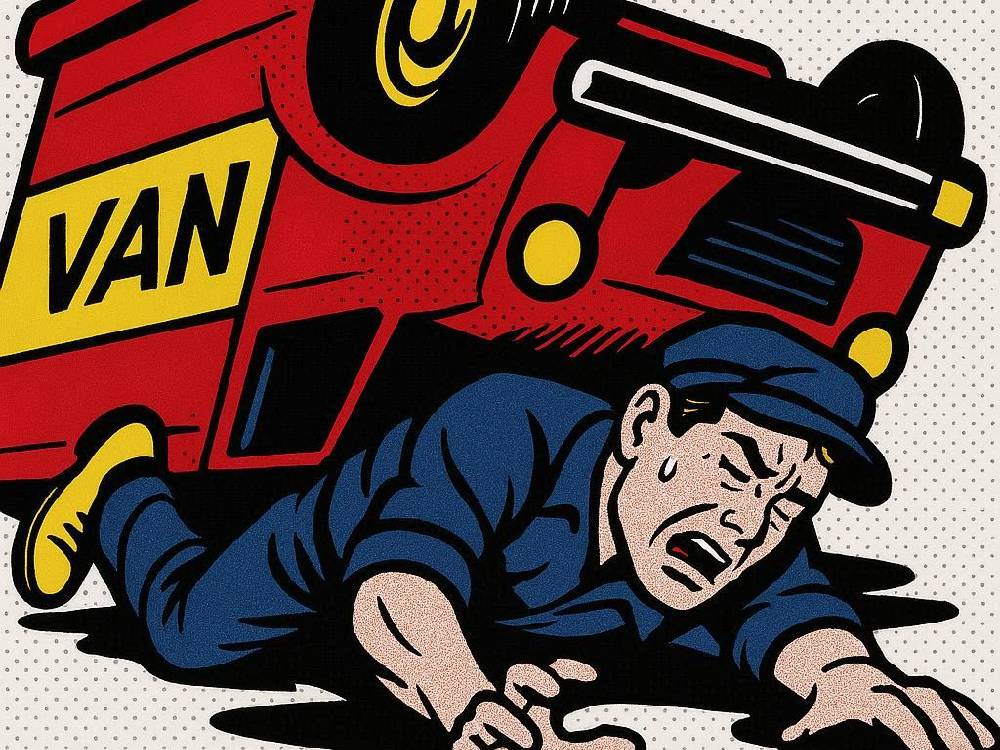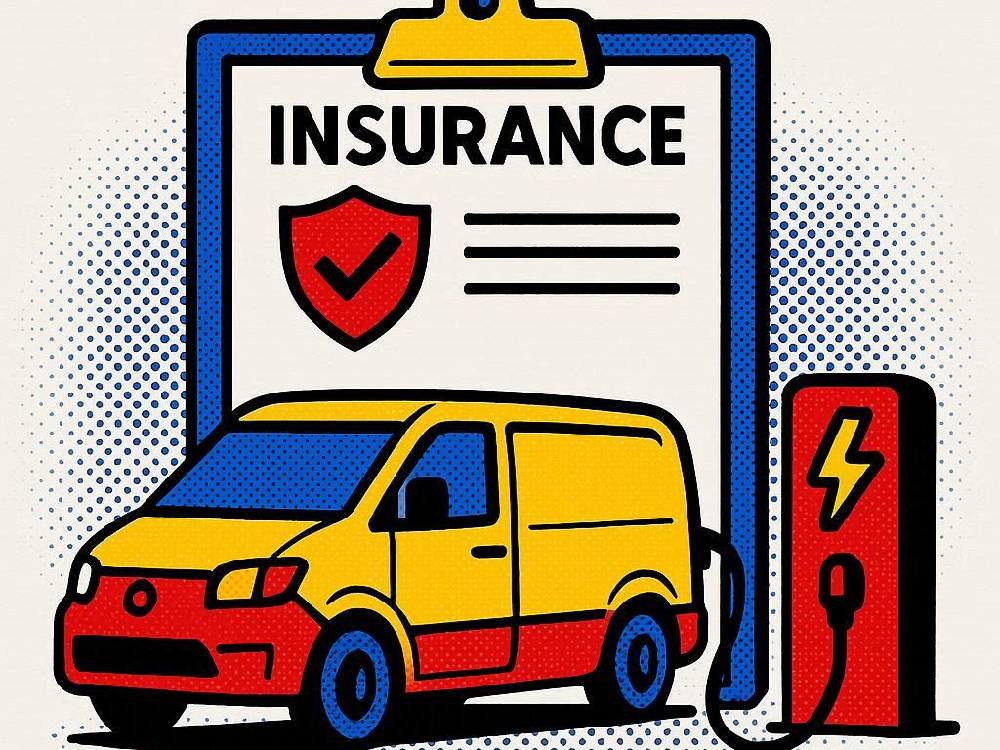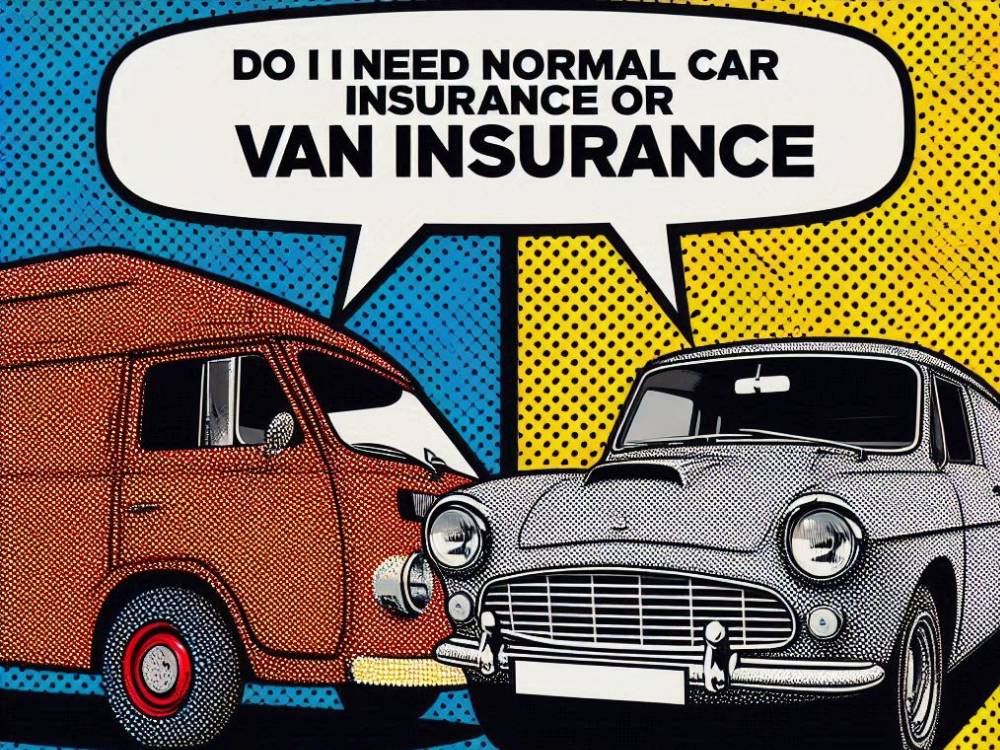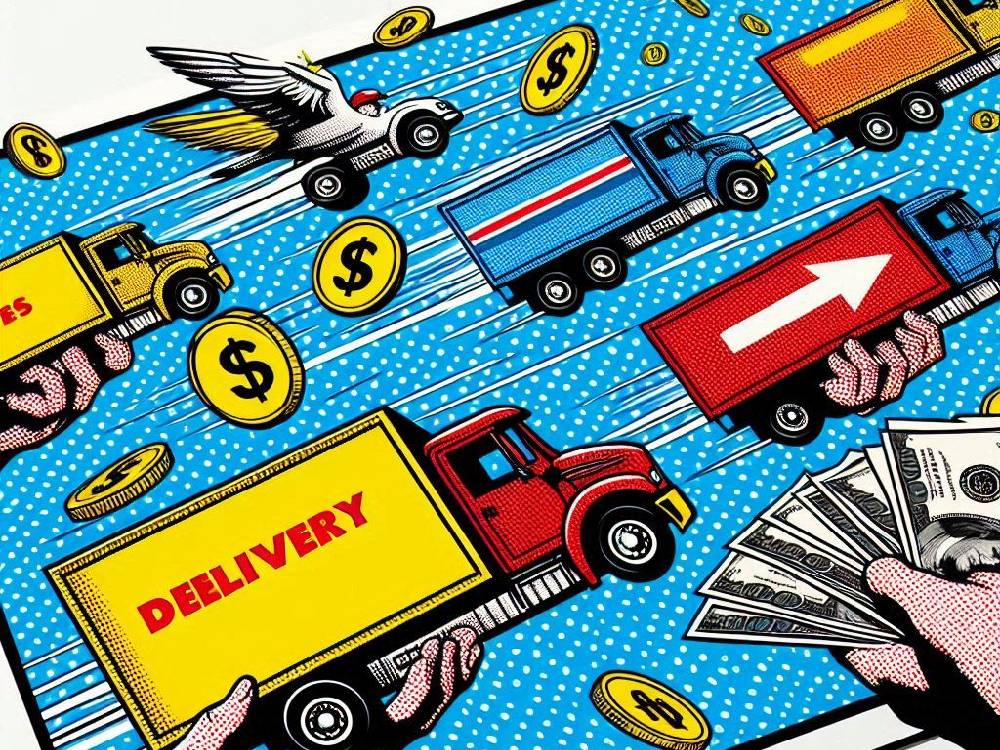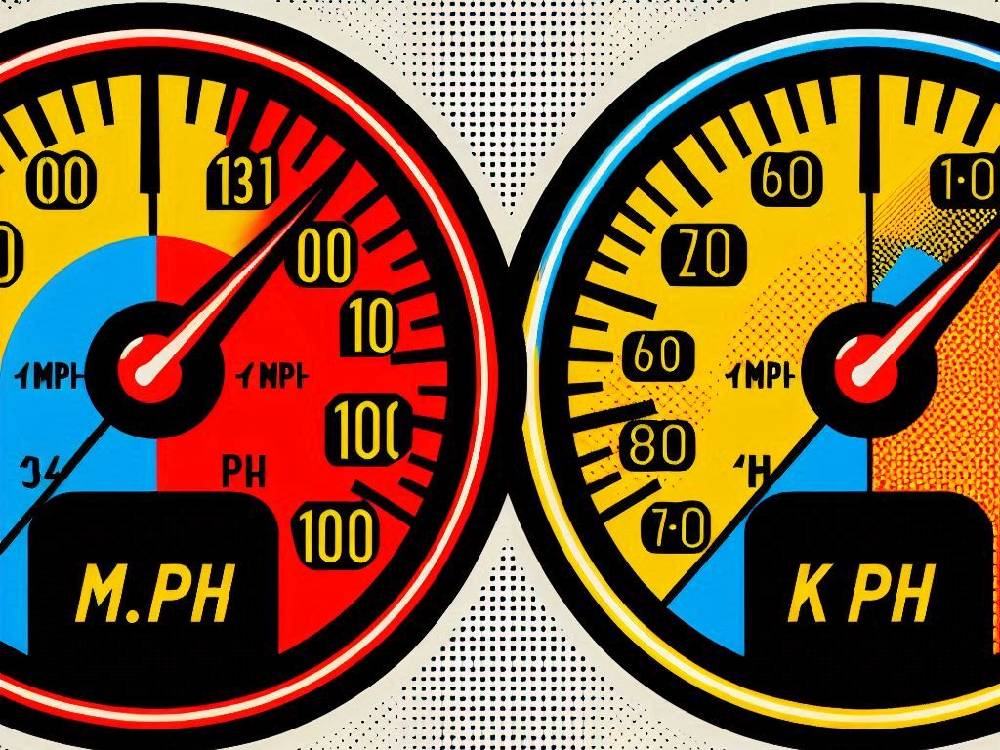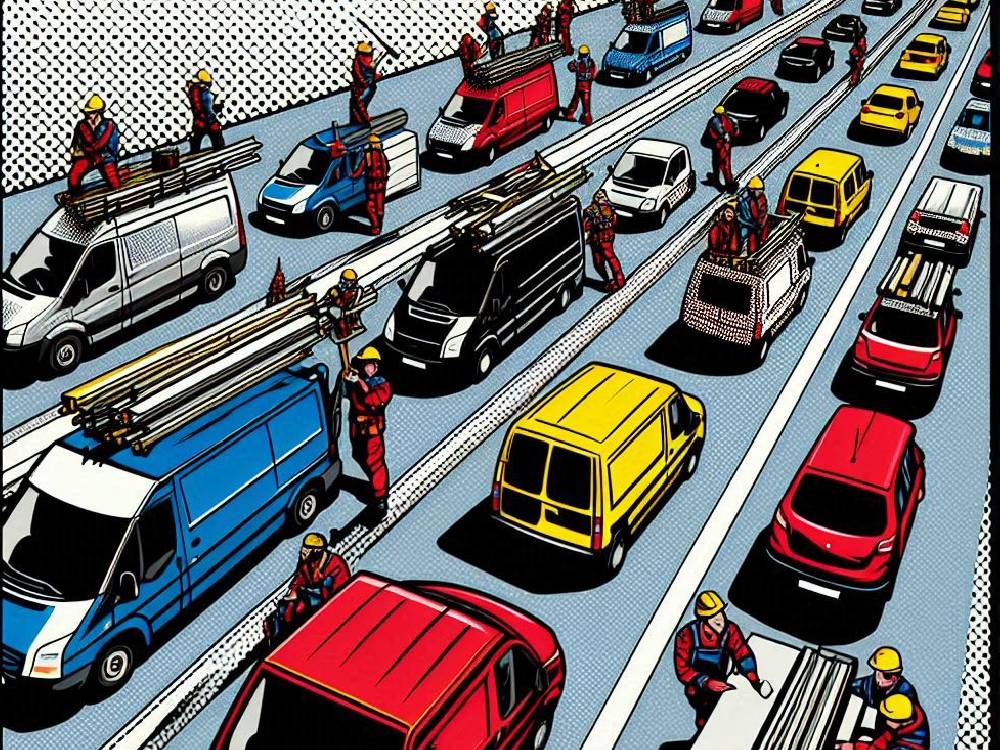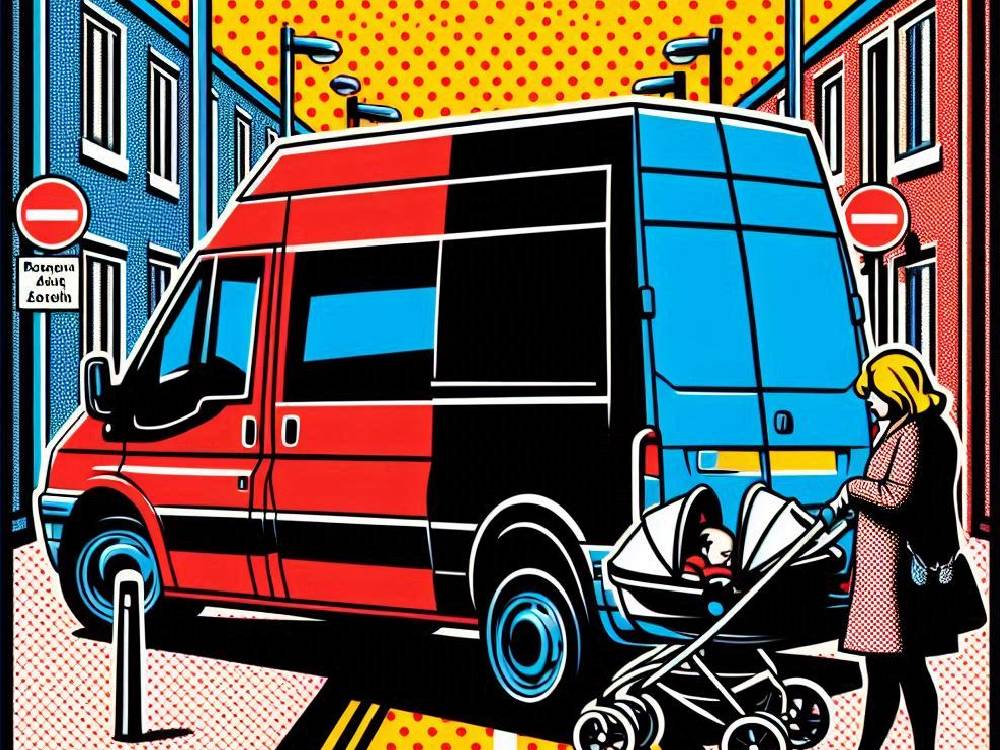Introduction
Overloading your van — and your policy might just collapse under the weight.
You probably think adding a few extra tools or materials won’t hurt.
But here’s the truth — overloading your van can void your van insurance entirely.
And when that happens, you’re not just breaking the law.
You’re putting your finances, your licence, and even your freedom on the line.
So, how does it all work — and what can you do to stay covered?
Let’s break it down.
Overloading — And Why Does It Matter?
To begin with, overloading isn’t just about tossing in one too many bags of cement.
In fact, it means exceeding your van’s Maximum Authorised Mass (MAM) — the total weight legally allowed on the road.
And when that happens, you’ve officially crossed into illegal territory.
Worse still, this isn’t just about traffic laws — it’s your insurance policy on the line.
After all, every van has a strict weight limit for a reason.
Because when you exceed it, too much weight affects braking, steering, tyre grip, and even suspension.
So if your van handles differently or struggles uphill, that extra load could cost more than you think.
Need proof that compliance matters?
Why Proper Vehicle Compliance Is Crucial For Road Safety explains how even small oversights can lead to serious consequences.
Insurance Consequences You Didn’t See Coming By Overloading
Here’s where things get risky.
If your van is overloaded and you crash, your insurance provider can legally refuse to pay.
That means you’d be on the hook for everything — damage to your van, other vehicles, property, and injuries.
Even if you weren’t at fault, insurers can still deny the claim.
Why?
Because overloading breaches your policy terms.
So yes, you could end up completely uninsured — and still paying every penny yourself.
Want to see how this mistake has caught other drivers out?
Check out Are You Driving a Car or a Van? Check Your Insurance Policy.
How Overloading Impacts Future Premiums
Think you’ll just get a warning?
Think again.
Overloading is classed as a motoring offence — and that conviction follows you.
Once it’s on record, you’re required to declare it to your insurer.
And when you do, expect to see those premiums jump.
Even a minor offence can make your policy cost hundreds more next year.
And if you’re caught twice, some insurers may refuse cover altogether.
Overloading once might seem like a shortcut, but it quickly becomes a long-term financial trap.
Want to lower your van insurance premiums?
Have a look at How To Lower Your Premium.
Legal Penalties: From Fines To Prosecution
The Driver and Vehicle Standards Agency (DVSA) regularly stops vans for random checks.
And if yours is overweight, you’re in for a rough day.
Fines start small — but escalate fast depending on how far over the limit you are.
Go just 10% over, and you might face an on-the-spot fine.
Push it 30% or more, and things get much worse.
Your van can be prohibited from driving further, forcing you to unload there and then.
That means lost time, lost income, and a possible tow bill on top.
You can read more about penalties in
What Every Van Driver Needs to Know About Load Limits and Seatbelts.
Worst Case Scenario: Prison
This isn’t scare talk — it’s the law.
If you’re caught severely overloading (30% or more) and your van’s deemed dangerous, you could face a court summons.
The penalty?
Fines in the thousands.
Points on your licence.
Even a prison sentence for dangerous driving in extreme cases.
That’s not just losing your insurance.
That’s losing your livelihood.
And it all starts with ignoring a few extra kilos.
For a real-world example of what can happen when cover lapses or conditions are breached, read
How a Simple Van Insurance Lapse Ended in Court – Learn Why.
You’re Not Just Risking Insurance — You’re Risking Lives
Let’s face it — overloaded vans don’t just wreck your insurance.
They threaten everyone on the road.
To begin with, excess weight puts immense pressure on brakes and tyres.
Consequently, your stopping distance increases dramatically.
At the same time, the van becomes harder to steer.
Corners feel looser.
Emergency manoeuvres become unpredictable.
In addition, the suspension wears out faster.
Tyres heat up and burst more easily.
Eventually, something gives — often when you least expect it.
Therefore, it’s not just about legality.
It’s about safety.
Especially if you’re driving long distances for work, every extra kilogram adds risk.
That’s why many drivers now pay more attention to their loading habits.
If you often carry heavy equipment across the country, you’ll want to read this next:
Why UK Tradespeople Are Travelling Further for Better Pay and More Work
Real-Life Examples: It’s Happening More Than You Think
More often than not, drivers don’t realise they’ve crossed the limit.
But here’s the reality: you probably already have.
According to the DVSA, thousands of vans fail roadside checks every year.
In many cases, drivers exceed weight limits by 20%–40%.
Moreover, they often do it unknowingly.
A few extra bags.
A second ladder.
Another box of tools.
And suddenly, you’re over.
In some instances, the consequences are immediate.
The van gets pulled.
You face a fine.
You miss your job.
Your insurance could be void before you even get home.
Clearly, this is no small issue.
So before you load up tomorrow, check this out:
What Really Happens When Your Van’s Off the Road — And How to Avoid It
How To Stay Within The Law (and Lower Your Premium)
Thankfully, staying compliant isn’t complicated.
But it does require consistency.
First, check your van’s Maximum Authorised Mass (MAM).
This figure, found in your manual or logbook, is the legal maximum weight including cargo, fuel, and passengers.
Next, use a weighbridge — or portable scales — to measure your current load.
These tools might seem unnecessary at first.
However, they can prevent thousands in fines and insurance costs.
Then, consider how you load the van.
Heavy items should stay low, centred, and secure.
Avoid stacking beyond shoulder height, and always distribute weight evenly.
By doing this, you protect your van, your insurance, and your future.
Even better?
Insurers see compliant drivers as lower risk.
As a result, you’ll often qualify for cheaper premiums — and in some cases, exclusive offers.
For more clever ways to cut costs without cutting cover, don’t miss:
10 Simple Hacks to Instantly Lower Your Van Insurance and Save Big
Conclusion
To sum it all up — overloading is a shortcut to disaster.
Not only could it invalidate your policy, but it could also land you with a fine, a court date, or even a prison sentence.
Worse still, you might end up paying out of pocket for an accident your insurer refuses to cover.
That said, it’s entirely avoidable.
First, weigh your van.
Then, load it correctly.
After that, stay within legal limits — because as a result, you’ll remain compliant, safe, and fully insured.
And if you’re serious about keeping your premiums low, this is exactly where to start.
Still curious about what else can affect your policy?
Then take a look at these next:
- Van Insurance FAQs – What You Need to Know
- Can I Drive a Van with a Car Licence? What You Need to Know First
- Temporary Van Insurance – Quick and Instant Cover
Overload your van — and your policy might just collapse under the weight.




